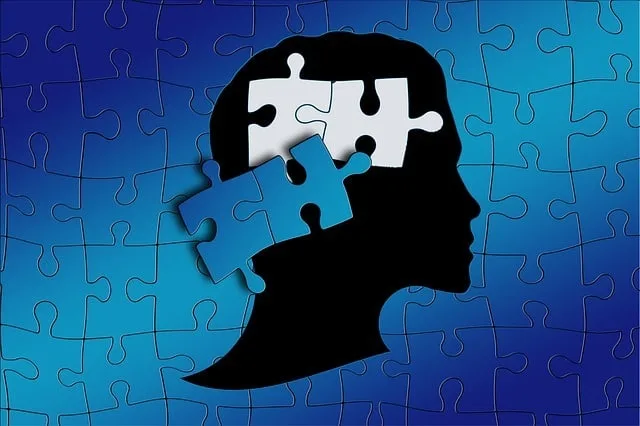
Autistic children have specific needs that require you to put a bit more into their toy selection. They tend to have sensory issues, so sensory sensitivity should be a foremost consideration in the process.
Some kids can be hyposensitive, while others can be hypersensitive. The varying degrees of these conditions affect how these children take in their surroundings and respond to stimuli.
The right toys for autistic children help improve focus, develop language and social skills, and aid in motor skills. Below are five options you can start with that can be accessed almost anywhere.
Five Best Toys for Children on the Spectrum
While there are loads of autism-specific toys to select from, these five proved to be the easiest to acquire and are some of the most effective:
Puzzles
Puzzle-inspired toys such as jigsaws, rubik’s cube sets, and blocks provide great tactile satisfaction for austic children. They can also improve focus and concentration by keeping a child’s attention on one activity. Working on puzzles also helps kids on the spectrum hone their motor skills through object manipulation.
Puzzle sets come in a wide range of styles, colors, and shape combinations, so there’s no shortage of visual satisfaction, too.
Jigsaw puzzles hold a wealth of benefits for an autistic child. They emphasize memory improvement, problem solving, attention span enhancement, and sorting skill development. On top of all these, they also promote persistence and patience and provide loads of entertainment.
Note that jigsaws for our little ones on the spectrum should be neither too difficult nor too easy to solve. A moderately difficult puzzle should be enough to work those senses without overloading them.
Sensory Toys
Sensory toys, including sensory mats, rainmaker toys, and chew toys, can greatly aid an austic child’s overall sense development. Most children on the spectrum tend to have sensory problems, so these toys are more than sources of entertainment for them.
A crucial part of sensory toy selection is the consideration of a child’s level of sensory sensitiveness. You have to be aware if they’re hypersensitive, hyposensitive, or somewhere in between. You also have to know if their inclinations lean toward auditory, tactile, or visual toys.
LEGO
More than most toys, LEGOs can win over autistic and non-autistic kids alike. It’s not just because of the tactile satisfaction they provide but also because of the developmental quirks they address. These toys help kids on the spectrum improve their visual perception skills, fine motor skills, and cognitive development.
LEGO also provides opportunities for teamwork, where kids can combine their skills to complete a particularly large or difficult structure. In the process, they can learn to communicate and socialize with others better. So, these toys can be a recipe for getting our little ones to come out of their shell.
Fidget Spinners
Fidget spinners have been around since the dawn of time. Okay, maybe not that long, but there’s a good chance you’ve encountered and played with these things before. A few years back, they were a world craze and have always been ideal toys for children on the spectrum.
In fact, fidget spinners were initially marketed to individuals with some sort of developmental or attention span issue. They also addressed specific behaviors associated with anxiety, hyperactivity disorder, and autism. These tiny devices are built with balls meant to be rotated between fingers to promote focus.
Categorized as sensory toys, fidget spinners offer their fair share of tactile satisfaction to children who have trouble processing their senses. They can help manage stress and anxiety, offer good entertainment, and deliver a sense of peace and calmness. An alternative to these toys comes in the form of a fidget cube, a toy shaped like a box that has buttons and dials all over.
Outdoor Adventures
The time you spend with your children is more precious than any development-specific toys you can offer. Children on the spectrum tend to feel like they’re not like everybody else and would rather stay at home and do things on their own. Encourage your kids to participate in active play by experiencing these activities with them first hand.
Instead of letting sensory toys dominate your child’s play schedule, pencil in some outdoor activities and regular zoo and museum visits to widen their horizons. Despite children with ASD showing a preference for independent and repetitive play, that doesn’t mean you can’t introduce another path for play-based learning.
Choose the Right Activities for Your Child With the Help of a Professional
It is imperative to consult a professional when introducing your kids to new activities. Children with autism spectrum disorder may experience sensory sensitivity in varying degrees, but they generally view abrupt routine changes with initial displeasure.
So, take things one step at a time. Proceed with caution by talking to experts who can advise you on the best ways to connect with children on the spectrum.
- Sagittarius Man & Gemini Woman Love and Sex Compatibility - January 31, 2024
- Taurus Ascendant Rising Personality Traits in Men (Guide) - January 31, 2024
- How to Seduce and Attract a Sagittarius Man (Seduction Tips) - January 31, 2024
